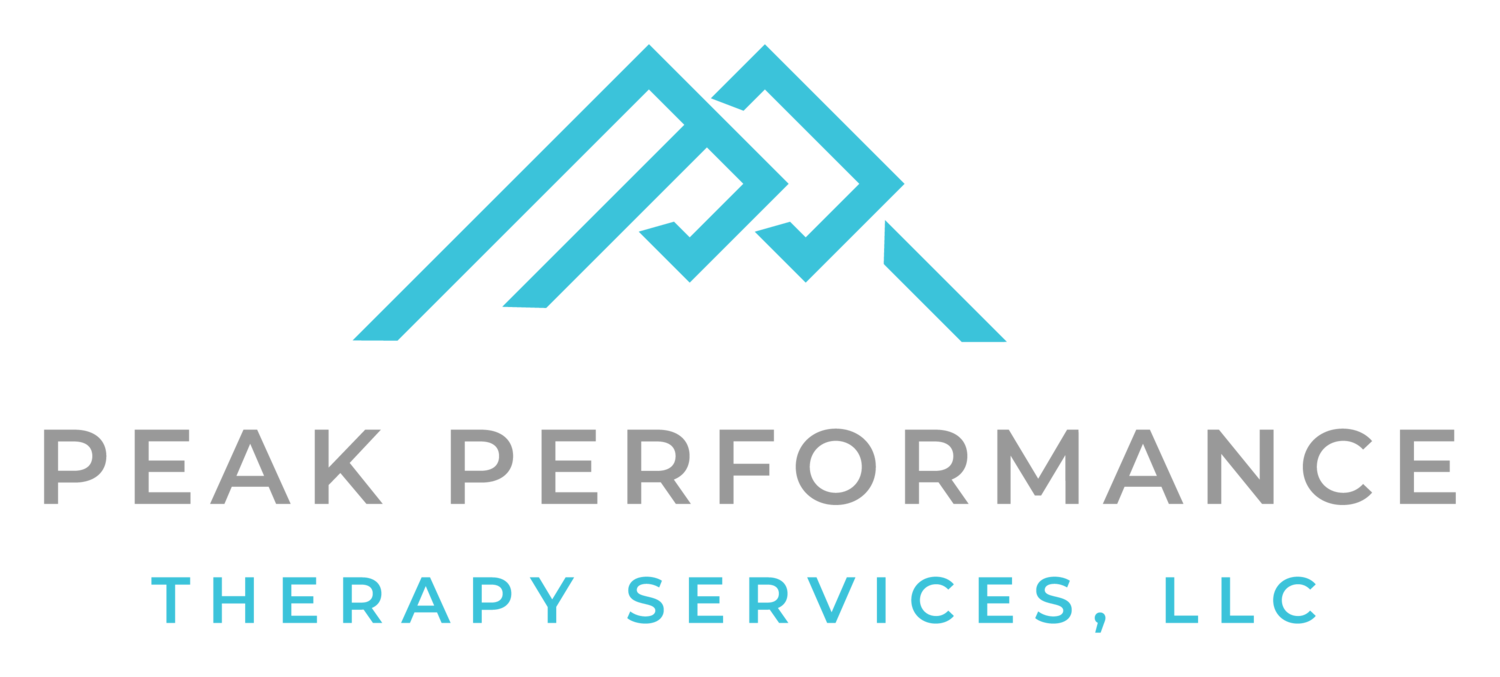Performance Physical Therapy: The Hidden Advantage of Athletes Who Stay Pain-Free
Athletes and active adults often wait until pain forces them to slow down before seeing a physical therapist. But what if the key to staying at your best wasn’t waiting for pain at all? The smartest performers use physical therapy before they’re hurt, as part of their ongoing training strategy. Performance Physical Therapy isn’t just about recovery; it’s about optimization. It helps you move more efficiently, prevent injury, and build a stronger foundation for long-term success.
Rethinking Physical Therapy
For many people, “physical therapy” brings to mind rehab tables, post-surgery exercises, and slow recovery. That’s traditional PT — focused on helping you heal after an injury. Performance PT, on the other hand, is about keeping you ahead of injury. It’s not reactive; it’s proactive.
This approach blends movement science, strength training, and corrective exercise to improve how your body functions during real-life activity. It’s the difference between putting out fires and fireproofing your foundation. Performance PT teaches you to train smarter, not just harder, by identifying weak links before they become limiting factors.
Why Small Movement Issues Matter
Most overuse injuries or performance plateaus start small. Tight hips that limit your stride, weak glutes that shift pressure to your knees, or shoulder imbalances that affect your overhead lifts, these subtle movement issues may seem minor, but over time, they add up.
A performance physical therapist uses movement screenings to act as an early-warning system. These assessments identify how your body moves, where it’s compensating, where it’s strong, and where it needs more support. Once those inefficiencies are spotted, they can be corrected through targeted mobility, strength, and stability work.
Consider the example of a runner struggling with persistent knee pain. Rather than focusing only on the knee, a PT examines hip alignment and core stability. By improving hip strength and glute activation, that runner can eliminate pain and often come back faster and stronger than before.
Pelvic Health: The Overlooked Foundation
When it comes to athletic performance, few people realize how critical the pelvis is. Pelvic alignment and control affect nearly every aspect of movement from power transfer and posture to breathing and balance.
Pelvic health PT isn’t just for postpartum recovery (though it’s transformative for that). It’s equally valuable for male and female athletes, lifters, and runners alike. For example, a powerlifter struggling with low back tension might actually be dealing with poor pelvic positioning. A postpartum runner might experience core weakness or hip instability that stems from pelvic floor dysfunction. Addressing these foundational issues can unlock strength, improve efficiency, and dramatically reduce injury risk.
When your pelvis is aligned and functioning properly, your body can generate and transfer force efficiently. That means more power in your stride, greater stability in your lifts, and fewer energy leaks in your overall performance.
From Rehab → Performance → Longevity
Performance PT bridges the gap between rehab and high-level training. If you’ve ever finished traditional therapy and wondered, “What now?”, this is it, this is what you should be doing. It’s about rebuilding strength, coordination, and confidence — then progressing into sport-specific conditioning that keeps you performing at your peak.
The goal isn’t just to get back to where you were before an injury. It’s to come back better. Through individualized programming and progressive loading, performance PT helps you build resilience — so your body can handle more without breaking down. This focus on longevity means you’re not just playing or training hard now but setting yourself up for years of pain-free movement.
The Role of PT in a Team Approach
At Peak Performance, we know that no single discipline holds all the answers. That’s why performance PT works best as part of a team approach. Physical therapists collaborate with strength coaches, personal trainers, and nutrition coaches to ensure every piece of your health and performance is aligned.
Your PT may identify mobility limitations, your strength coach helps reinforce proper patterns under load, and your nutrition coach supports tissue repair and recovery from the inside out. Together, this integrated approach creates a full-spectrum plan for optimizing your performance and preventing setbacks.
How to Get Started
You don’t have to wait for pain to take advantage of performance PT. A simple performance evaluation can reveal where you are strong, where you compensate, and where improvement could unlock your next level.
During an eval, your therapist will analyze movement quality, stability, and mobility through sport-specific patterns. From there, you’ll get a customized plan, often combining targeted corrective work, strength training, and ongoing sessions to monitor progress.
Frequency depends on your goals: some athletes schedule monthly sessions, while others integrate PT into their weekly training. The earlier you start, the easier it is to correct small issues before they become bigger problems.
Closing Thought
The best athletes don’t wait for pain to tell them something’s wrong they use physical therapy to keep everything working in sync. Whether you’re a runner, lifter, weekend athlete, or parent who just wants to move better, investing in performance PT can be the difference between constant frustration and consistent growth.
Your body is your most valuable asset. Take care of it before it demands your attention — and it will reward you with strength, longevity, and pain-free performance for years to come.


